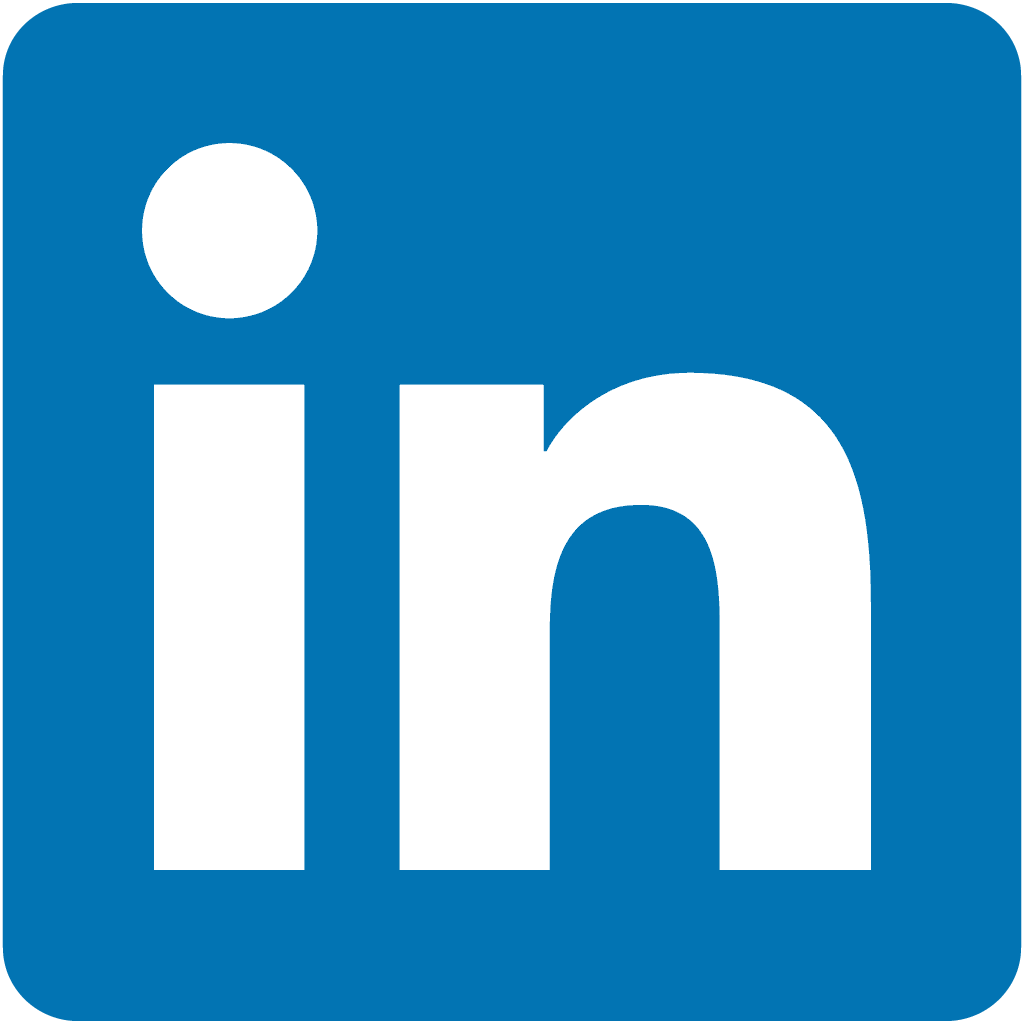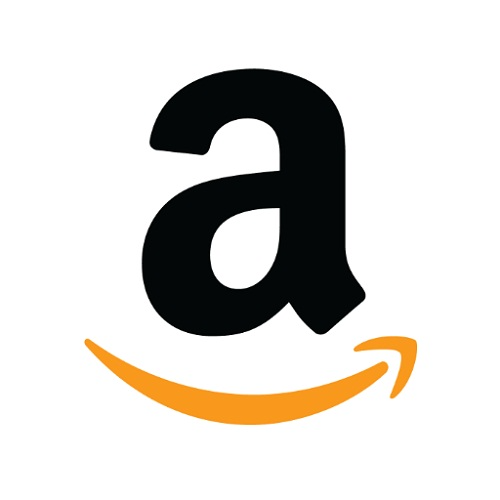How We Started A $1.2M/Year Coworking Business [From India]
Hello! Who are you and what business did you start?
Hi there, I am Aditya Verma, Founder & CEO of The Office Pass (TOP) a Neighbourhood Coworking & Managed office company focussed on providing flexible office spaces to Small & Mid-sized Businesses (SMBs) in India. TOP offices are warm, friendly, ready to use & affordable.
TOP currently runs 10 Coworking & Managed offices in the New Delhi area. Over 140 SMBs are using TOP offices. The business is growing at a healthy rate of over 180% YoY. TOP will achieve a ARR of USD 1.8 Mil in the current financial year and target to reach USD 7.3 Mil over the next 24 months.

What's your backstory and how did you come up with the idea?
I did B.Tech in Electronic Engineering from Harcourt Butler...

Download the report and join our email newsletter packed with business ideas and money-making opportunities, backed by real-life case studies.

Download the report and join our email newsletter packed with business ideas and money-making opportunities, backed by real-life case studies.

Download the report and join our email newsletter packed with business ideas and money-making opportunities, backed by real-life case studies.

Download the report and join our email newsletter packed with business ideas and money-making opportunities, backed by real-life case studies.

Download the report and join our email newsletter packed with business ideas and money-making opportunities, backed by real-life case studies.

Download the report and join our email newsletter packed with business ideas and money-making opportunities, backed by real-life case studies.

Download the report and join our email newsletter packed with business ideas and money-making opportunities, backed by real-life case studies.

Download the report and join our email newsletter packed with business ideas and money-making opportunities, backed by real-life case studies.




















